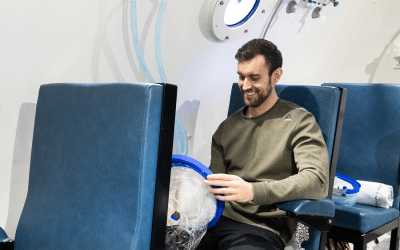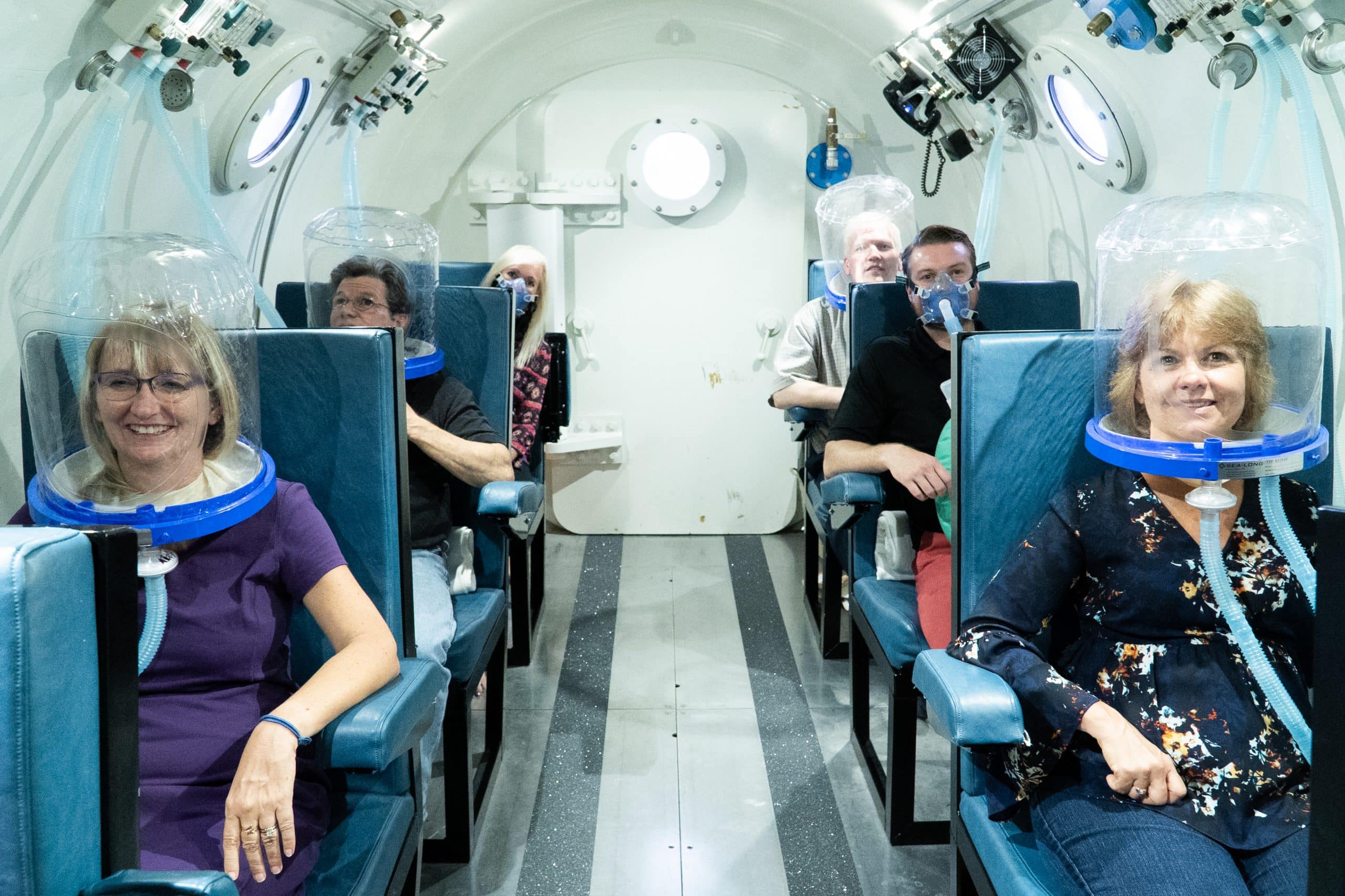We hypothesized that oxidative stress from hyperbaric oxygen (HBO2, 2.8 ATA for 90 min daily) exerts a trophic effect on vasculogenic stem cells.
The efficacy of hyperbaric oxygen (HBO2) for healing refractory wounds in diabetic patients and those with radiation injuries has been shown in randomized trials, and its utilization is supported by independent evidence-based reviews (6, 10, 20, 32, 38). Mechanisms of action for HBO2 are not clear. The goal of this study was to examine the impact of HBO2 on vasculogenic stem cells in an in vivo animal model.





